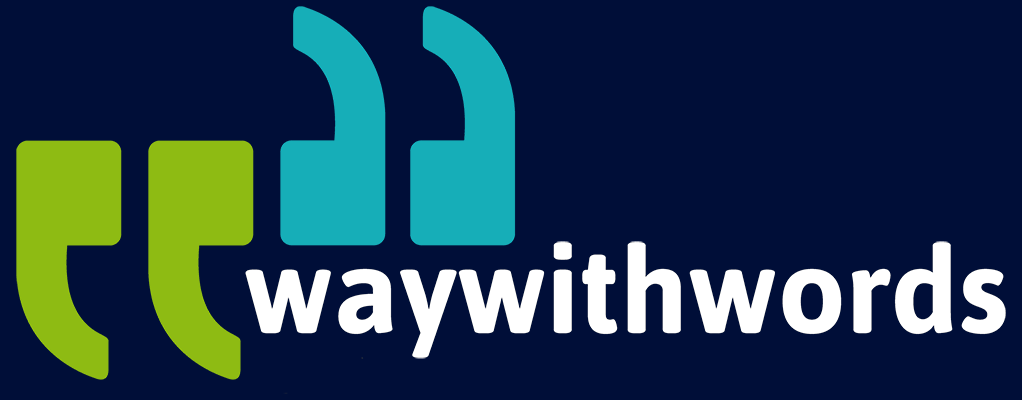What’s the Best Way to Record Multilingual Speakers?
Considerations & Challenges of Building a Bilingual Speech Dataset
Capturing high-quality multilingual speaker recording sessions is both an art and a science. For dataset architects, speech corpus designers, and AI product managers, the stakes are high. Poorly recorded or inconsistently annotated data from acoustic or linguistic speech can cause downstream errors in translation systems, voice assistants, and language identification tools.
The challenge becomes even more complex when building a bilingual speech dataset or working with mixed language voice data. Unlike single-language recordings, multilingual datasets must capture not only words and phrases in multiple languages but also the nuances of switching between them—known as code-switching.
In this guide, we will explore the best practices for identifying multilingual speakers, designing effective prompts, structuring audio files, managing annotation workflows, and applying the resulting data in real-world use cases. The goal is to offer practical steps and considerations so your multilingual speech collection is accurate, well-structured, and ready for use in advanced language AI applications.
Identifying True Multilingual Speakers
One of the first and most crucial steps in building a multilingual dataset is ensuring that your speakers are genuinely multilingual and not simply familiar with a handful of memorised words or phrases in another language.
Multilingual vs. Code-Switching
- True multilingual speakers have functional proficiency in two or more languages, with the ability to hold a natural conversation and adapt their vocabulary, grammar, and pronunciation to each language.
- Code-switching speakers are often bilingual or multilingual but switch languages mid-sentence or mid-conversation, sometimes due to social context or vocabulary gaps.
Both groups are valuable in a bilingual speech dataset, but they serve different research and training purposes. True multilinguals are vital for clean, isolated samples in each language. Code-switchers are essential for training systems to recognise and process mixed language voice data in natural conversation.
Determining Fluency Levels
To identify suitable participants:
- Use pre-recording interviews to assess vocabulary range, pronunciation, and listening comprehension.
- Employ a short, mixed-language test where the participant is asked to switch contexts (for example, describing a photo in one language and then answering a follow-up question in another).
- Rate fluency on a scale—such as CEFR for European languages or ILR for more global applicability.
Context-Switching Ability
An important factor is how quickly and naturally a speaker can move between languages. Some may require a pause or mental translation, while others can fluidly switch mid-thought. The latter are ideal for training AI in natural code-switching behaviour, especially in call centres or conversational agents.
In short, the “best” multilingual speaker for your dataset depends entirely on your project’s goals. Clarity on this point at the recruitment stage will save significant time and cost later in annotation and model training.
Recording Conditions and Prompt Design
Once the right speakers are identified, the quality of the final dataset depends heavily on recording conditions and how prompts are structured.
Creating an Ideal Recording Environment
- Use quiet rooms with minimal echo and no background conversations.
- Ensure consistent microphone placement for each participant and session.
- Match audio formats to your intended machine learning pipeline (e.g., WAV, 16-bit, 16kHz for ASR).
- Where possible, test equipment in advance to avoid distortion or clipping.
Prompt Design for Multilingual Output
Prompts should reflect the linguistic goals of your dataset. For example:
- Isolated language samples: Provide questions or reading passages entirely in one language before switching to another.
- Mixed language voice data: Use context-based prompts that naturally encourage code-switching, such as describing a recipe where some ingredients are in another language.
To capture realistic code-switching patterns:
- Avoid over-scripting. Allow speakers to deviate from the prompt.
- Include role-play scenarios (e.g., customer service calls, travel booking, medical consultations).
- Incorporate culturally relevant triggers that naturally cause language shifts, such as idioms or brand names.
Balancing Languages in the Session
When building a bilingual speech dataset, it’s essential to manage the proportion of each language in the recording. If your aim is a 50/50 balance, design prompts accordingly and monitor in real-time. If the aim is to reflect natural usage, let speakers switch freely but track the resulting ratios for later metadata tagging.
Good prompt design not only improves dataset quality but also shortens annotation time, as natural, clear speech is easier to segment and label.
Audio File Structuring and Metadata
Even the most carefully recorded multilingual speech is of little value without proper organisation and labelling. Structuring your audio files and metadata ensures that the dataset remains usable, searchable, and scalable.
File Naming Conventions
Use a consistent file naming pattern that reflects:
- Speaker ID
- Recording date
- Language(s) present
- Session number
Example: SPK001_2025-08-05_EN_ZH_Session1.wav
Metadata Essentials
Your metadata should include:
- Primary language: The dominant language in the recording.
- Secondary language(s): Any other languages used.
- Code-switch markers: Time stamps where the language changes.
- Speaker demographics: Age, gender, location, and linguistic background.
- Recording conditions: Equipment used, environment, and any background noise levels.
Tracking Language Switches
For mixed language voice data, precise annotation of switching points is critical. This allows downstream applications—such as language identification systems—to detect and adapt in real-time.
Storage and Version Control
- Store files in a well-structured directory system by project, language pair, and speaker.
- Use cloud-based storage with backup to avoid data loss.
- Maintain version control for metadata sheets, ensuring all changes are tracked.
The combination of clear audio file structuring and rich metadata allows developers and researchers to filter datasets easily—whether they need only clean bilingual speech segments or heavily code-switched conversations for advanced training.

Annotation Challenges and Transcription Workflow
Annotation is where multilingual speaker recording projects can become particularly resource-intensive. The complexity of dealing with different scripts, orthographic rules, and overlapping speech requires a well-defined workflow.
Language Overlap
When speakers mix languages mid-sentence, annotators must decide whether to keep each segment in the original language or translate to a single target language for consistency. This depends on your project goals:
- ASR training: Keep original speech and transcribe in the matching language.
- Translation dataset: Include both original and translated text.
Orthographic Differences
When recording languages with different scripts (e.g., Arabic and English), annotation teams must be proficient in both. Unicode-compliant tools are essential to ensure scripts display and store correctly.
Code-Switch Notation
Clearly marking where a speaker changes language—down to the word level—is essential for accurate modelling. Some projects use inline markers like [EN] and [ES], while others tag timestamps in a separate metadata file.
Transcription Workflow Best Practices
- Split audio into manageable segments before assigning to annotators.
- Use specialised multilingual transcription platforms that support switching scripts.
- Employ a multi-step quality control process: initial transcription, peer review, and final proofreading.
Time and Cost Considerations
Multilingual annotation takes longer than single-language transcription, often by 30–50%, due to the need for additional checking and script management. Allocating sufficient resources at the start can prevent costly delays later.
By anticipating these challenges, you can build a workflow that produces high-quality transcriptions suitable for any multilingual speech application.
Applications of Multilingual Data
The investment in a well-recorded, well-annotated bilingual speech dataset or mixed language voice data pays off in multiple sectors.
Translation AI
High-quality multilingual speech data is the foundation of speech-to-speech and speech-to-text translation systems. These tools power everything from travel apps to international diplomacy tools.
Call Centres and Customer Support
Global call centres benefit from models trained on real-world code-switching. This enables AI systems to route calls, detect customer sentiment, and respond in the most appropriate language or dialect.
Speech Assistants and Voice Interfaces
From Siri to Alexa, multilingual capabilities allow voice assistants to serve diverse households and markets. Datasets that include natural switching patterns make these systems far more user-friendly.
Language Identification Systems
Security, telecommunications, and government agencies use language ID models to detect the primary language in a conversation and respond accordingly. These models require diverse, labelled multilingual recordings to perform reliably.
Cross-Cultural UX Research
Researchers studying product adoption in multilingual regions rely on speech data to understand user behaviour, tone, and cultural cues. This can inform interface design, customer service strategies, and marketing campaigns.
In every case, the underlying requirement is the same: clean, well-structured, and representative multilingual speech data. The better the initial recording process, the more robust the final AI system or research output.
Further Resources on Multilingual Speaker Recording
Multilingualism – Wikipedia – Details multilingual ability in individuals and societies, essential reading for anyone designing multilingual datasets.
Featured Transcription & Speech Collection Solution – Way With Words: Speech Collection – Way With Words excels in real-time speech data processing, leveraging advanced technologies for immediate data analysis and response. Their solutions support critical applications across industries, ensuring real-time decision-making and operational efficiency.
